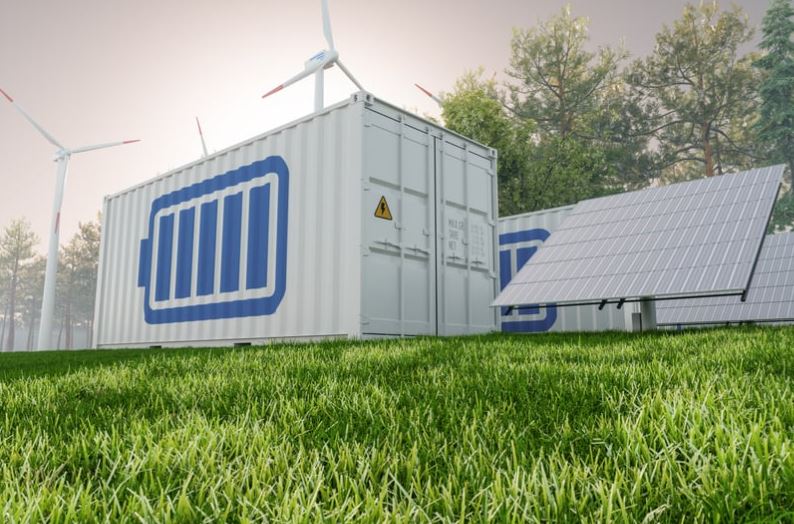As U.S. electricity demand rises and supply chains for critical minerals tighten, national laboratories are accelerating research on alternatives to lithium-ion batteries.
Argonne National Laboratory, long recognized for its role in advancing cathode materials such as nickel-manganese-cobalt (NMC) oxide, is positioning sodium-ion and aqueous storage systems as viable complements to lithium-based technologies — while deploying artificial intelligence to shorten development timelines.
Lithium-ion batteries remain the backbone of portable electronics, electric vehicles, and grid-scale storage, but their reliance on lithium, cobalt, and nickel — much of it mined abroad — creates exposure to price swings and geopolitical risk. According to the International Energy Agency, lithium demand could quadruple by 2030 under current energy transition scenarios, putting pressure on sourcing and processing capacity.
Argonne researchers, working with the U.S. Department of Energy (DOE), are targeting chemistries based on abundant domestic elements. Sodium-ion batteries, for example, use sodium sourced from widely available salt deposits, while water-based electrolytes offer improved safety and lower costs for stationary applications.
AI-Driven Discovery and Collaborative Platforms
Venkat Srinivasan, director of the Argonne Collaborative Center for Energy Storage Science (ACCESS), said the lab’s approach integrates “fundamental science with practical innovation” to deliver materials that meet market and security needs. Argonne’s use of AI models accelerates screening for new electrodes and electrolytes, identifying candidates that balance capacity, stability, and manufacturability.
Two DOE-backed consortia anchor these efforts. The Energy Storage Research Alliance (ESRA), led by Argonne with Lawrence Berkeley and Pacific Northwest national laboratories plus 11 universities, focuses on atomic-scale electrochemical processes and pathways for commercialization. Meanwhile, the Low-cost Earth-abundant Na-ion Storage (LENS) Consortium unites 14 partners to optimize sodium-ion battery performance and economics without compromising safety or cycle life.
From Recycling to End-Use Innovation
Beyond new chemistries, Argonne manages the ReCell Center, a national collaboration aimed at improving recycling efficiency for spent batteries. Techniques under development could recover lithium, cobalt, and other high-value materials at lower cost, easing pressure on imports and reducing lifecycle emissions.
The laboratory’s 240-plus energy storage patents span advanced cathodes, solid-state separators, and recycling methods that have been licensed by automotive, aerospace, and grid-technology firms. This portfolio reflects a push to keep intellectual property — and the jobs tied to its manufacturing — within U.S. borders.
To meet the needs of a rapidly electrifying economy, Argonne is upgrading its research infrastructure. The Advanced Photon Source (APS) allows scientists to visualize atomic structures in real time, while the Aurora exascale supercomputer, housed in the Argonne Leadership Computing Facility, delivers modeling power to simulate battery behavior at unprecedented resolution. Both DOE Office of Science user facilities are open to academia and industry, helping bridge early-stage science and commercial deployment.
Emerging projects at the lab include solid-state lithium-sulfur cells with the potential to double electric vehicle range, aqueous grid storage for peak-load management, and battery designs tailored for electrified aviation.
Stay updated on the latest in energy! Follow us on LinkedIn, Facebook, and X for real-time news and insights. Don’t miss out on exclusive interviews and webinars—subscribe to our YouTube channel today! Join our community and be part of the conversation shaping the future of energy.
